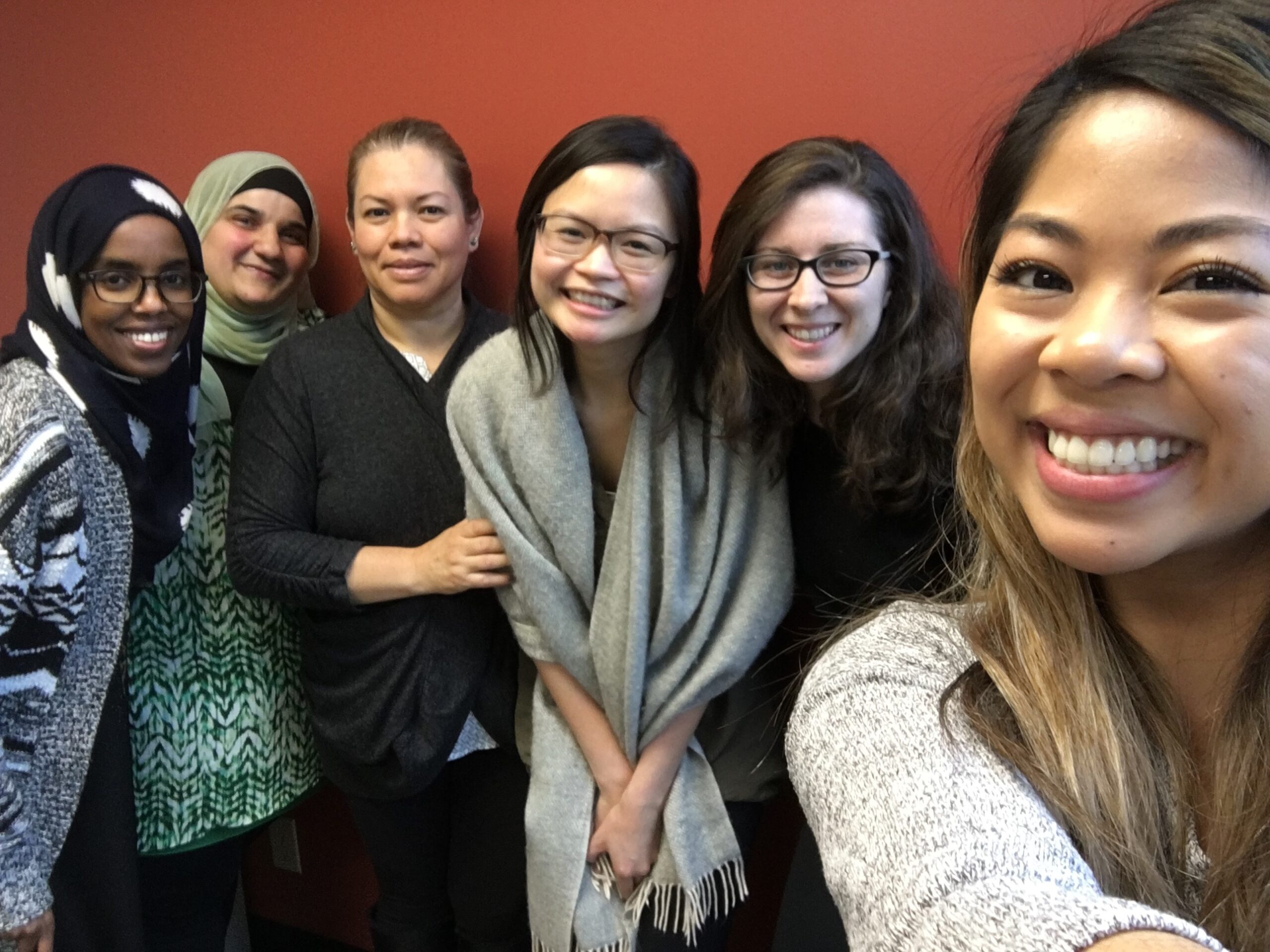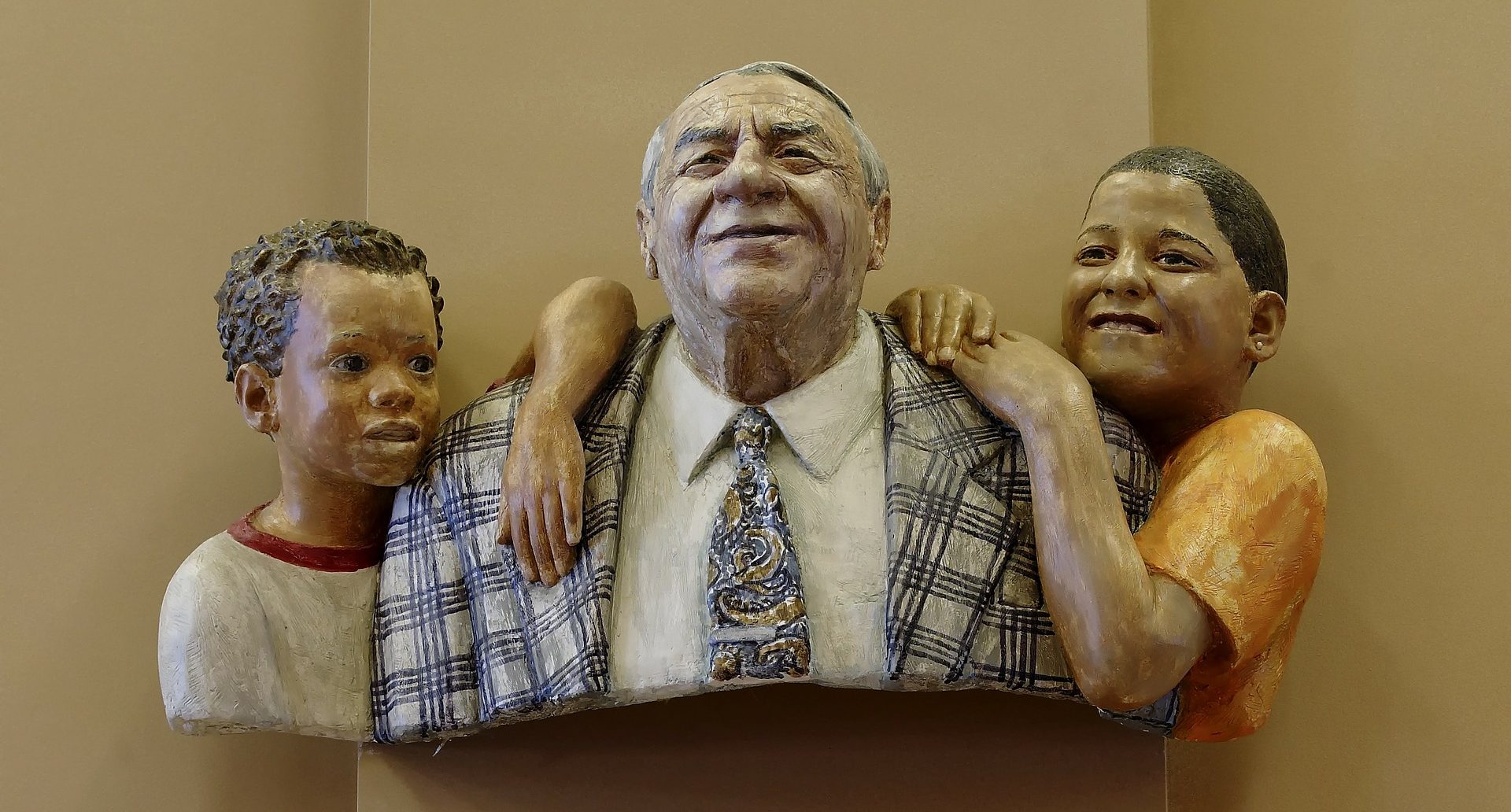
New Washington Medicaid projects need input!
Why is this important?
Medicaid (not to be confused with Medicare) is our health care program for families and individuals with limited income or resources. Our most vulnerable communities access health services through Medicaid.
Projects like these have the potential to set our standards of care higher. We can ensure a holistic approach to health that includes equity and social issues outside of just health care (i.e. housing, transportation, etc). However, these projects will only be successful with community buy-in and participation. Please give feedback by September 8th, 2017.
Confused by the language? Here’s the low-down.
What is the ACH?
ACHs are where public and private entities come together to work on shared health goals. Washington State has nine, some are divided by county and others include several counties. Here’s a fact sheet for more info and a map of our state’s ACHs. King County ACH is a formal LLC enterprise with an Executive Director.
What are the ACHs in WA tasked with?
A Medicaid Transformation Demonstration Project. WHEW. That’s a mouthful. This basically means that the federal government has agreed to give WA state money in order to test new ways of providing health care and insurance to Medicaid (Apple Health) clients.
The ACHs are each selecting 4-8 projects that they will be testing over the next 5 years. These projects focus on a variety of issues and have been pre-determined at this point. Once the projects are chosen by each ACH they will be monitored and evaluated based on defined metrics for success. Projects that achieve improvements in metrics outlined in the toolkit will be eligible to earn incentive funds.
Who are the people designing this?
In King County, “Design Teams” of medical providers, social service providers, local government, health plans and community members developed the draft project plans.
What are they asking for feedback on?
The King County ACH wants public comments on the 8 possible projects. I’ve listed all of the projects below. The survey is designed to elicit feedback one project at a time and it asks detailed questions about whether these projects will address community needs and how achievable the outcomes seem. Detailed information on each project can be found in the 86-page Project Toolkit.
- Bi-directional Integration of Physical and Behavioral Health through Care Transformation
- Community-Based Care Coordination
- Transitional Care
- Diversion Interventions
- Addressing the Opioid Use Epidemic
- Reproductive and Maternal/Child Health
- Access to Oral Health Services
- Chronic Disease Prevention and Control
Still Confused?
Well, you aren’t alone. Feel free to contact us if you want to give feedback but need help navigating the form. (disclaimer: we can’t provide opinions but can help define and explain lingo, terms, or context)


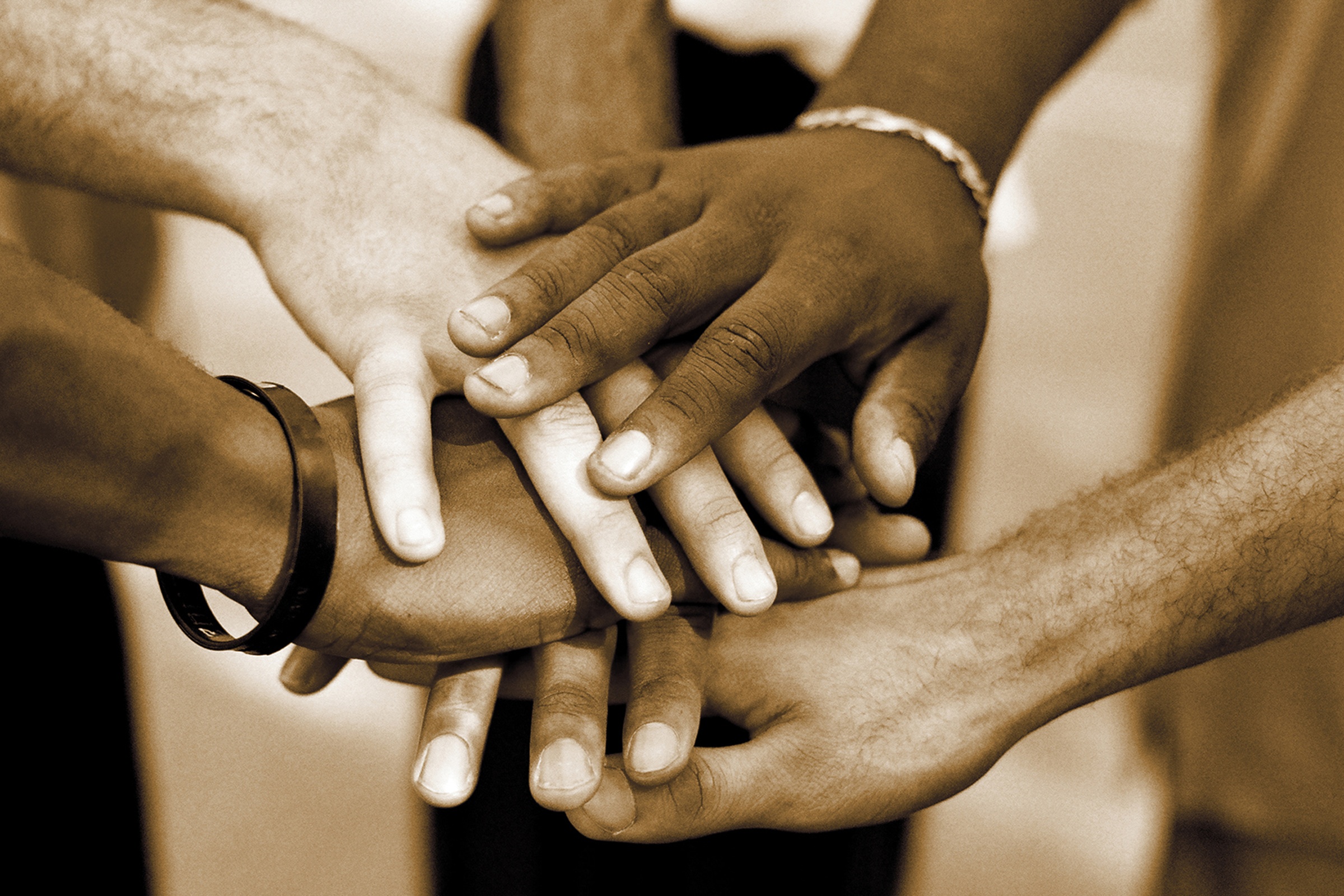
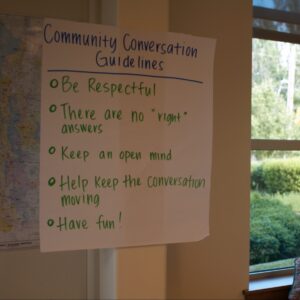
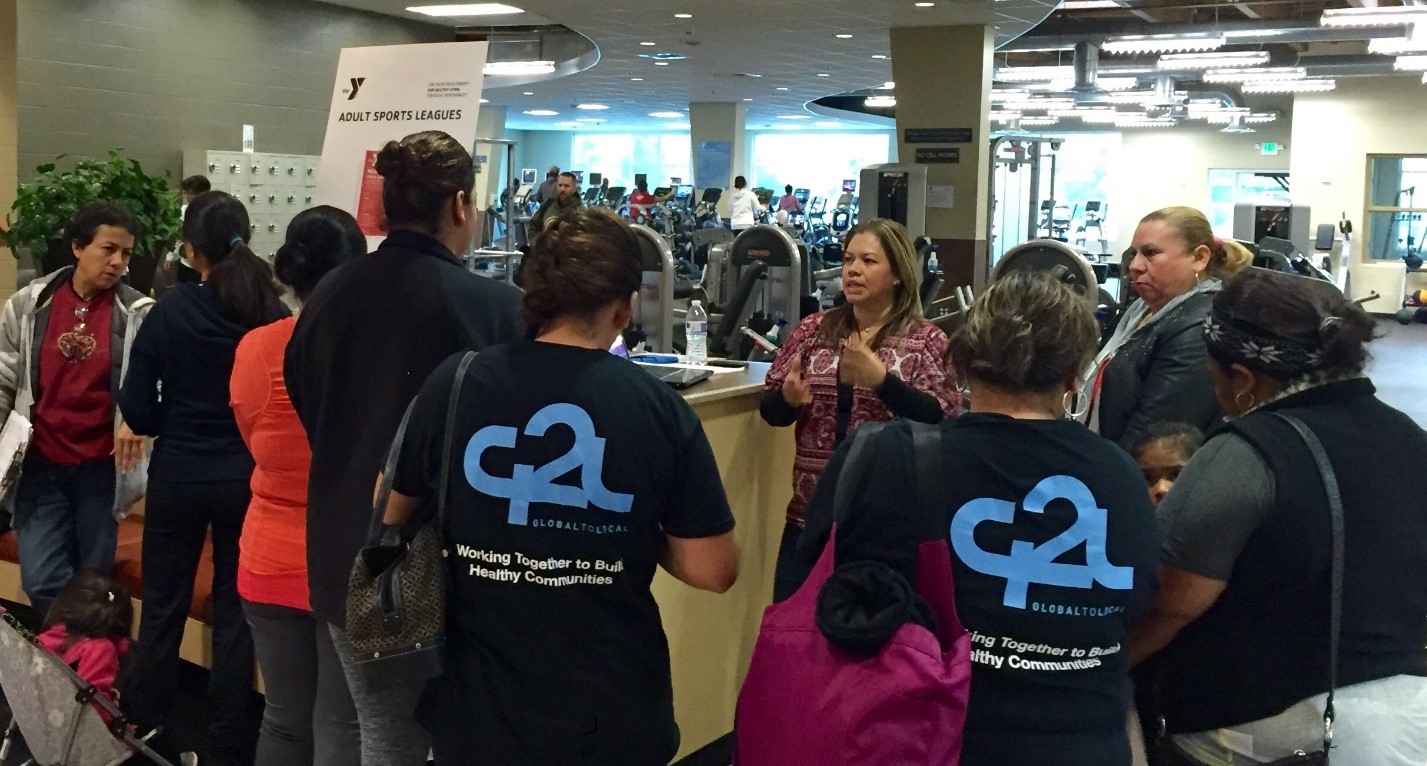

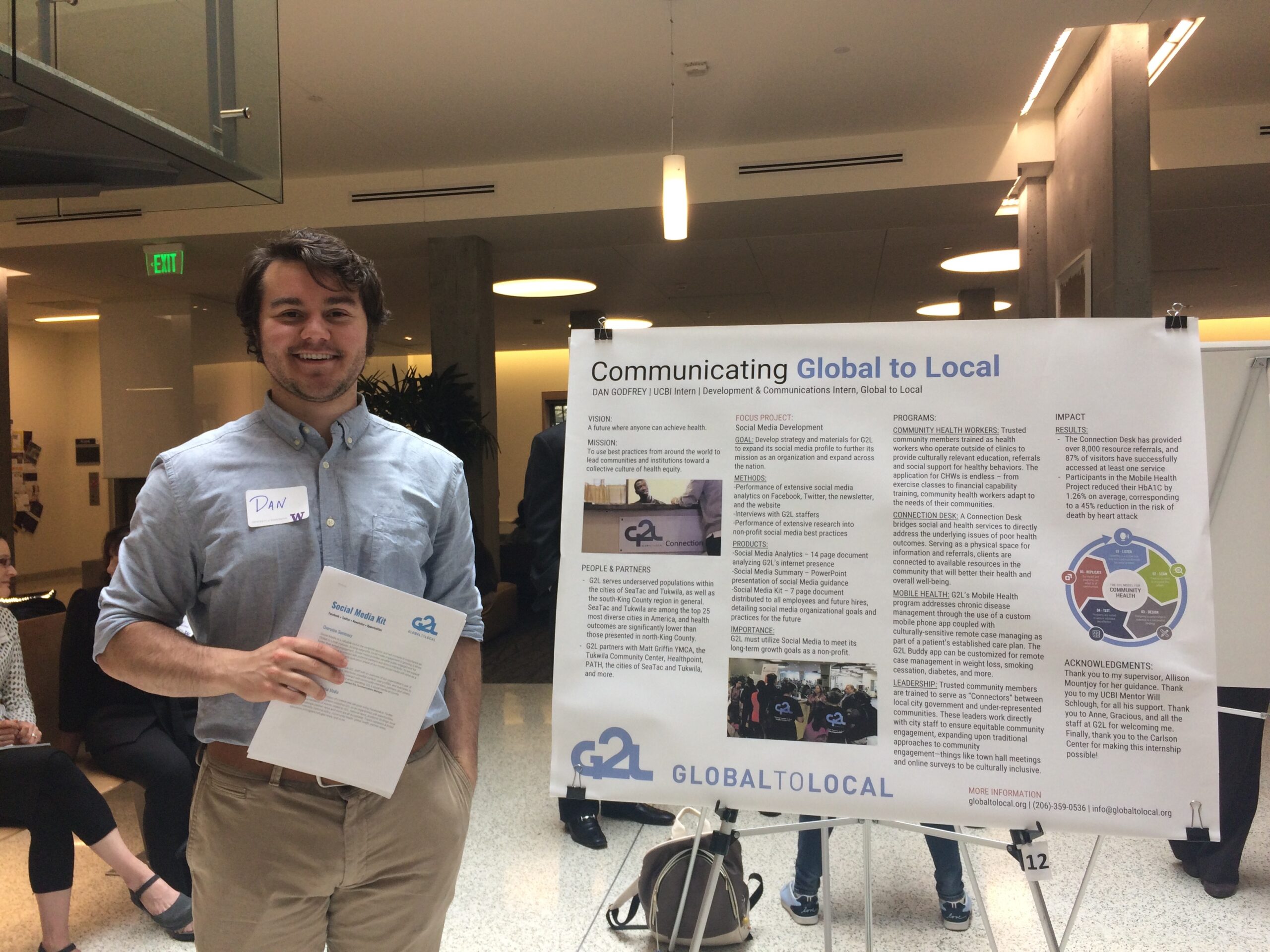
 A new article from the Harvard Business Review makes a case for hospitals to prioritize cultural competency. The article speaks to the importance of social determinants of health and addressing an often wide cultural and socio-economic gap between doctors and patients that can adversely affect health outcomes.
A new article from the Harvard Business Review makes a case for hospitals to prioritize cultural competency. The article speaks to the importance of social determinants of health and addressing an often wide cultural and socio-economic gap between doctors and patients that can adversely affect health outcomes.
